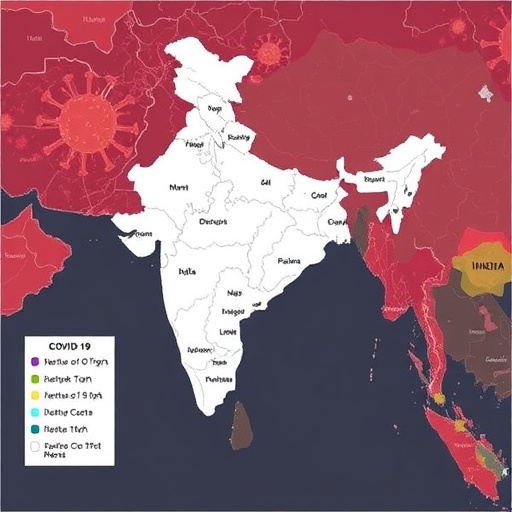Why zebra finches have problems with reproduction

Credit: Drawing: Yifan Pe
In birds and other species alike, pairs can face considerable difficulties with reproduction. Scientists at the Max Planck Institute for Ornithology in Seewiesen have now shown in an extensive analysis of 23,000 zebra finch eggs that infertility is mainly due to males, while high embryo mortality is more a problem of the females. Inbreeding, age of the parents and conditions experienced when growing up had surprisingly little influence on reproductive failures.
Zebra finches are small songbirds that originate from Australia. As colony-living granivores, they are easy to keep in aviaries, and they reproduce all year round under favourable conditions. However, reproduction is remarkably unsuccessful: a quarter of the eggs remain unfertilised, and in another quarter of the eggs the embryo dies early during development. Researchers at the Max Planck Institute for Ornithology in Seewiesen have therefore carried out a study to investigate the potential causes of unsuccessful reproduction.
The scientists tracked the fate of more than 23,000 eggs. They measured longevity, productivity, infertility, offspring mortality and other fitness-related traits that covered most phases of reproduction for both sexes. Factors that were expected to influence reproductive failure, such as inbreeding, age of the parents and growing up under unfavourable conditions had negligible effects on the reproductive performance of the zebra finches. This suggests that individuals are remarkably robust to bad conditions and that the causes must lie elsewhere.
When partners are swapped to form new pairs, it becomes clear that problems with fertility typically remain with the male, while problems with embryo mortality typically remain with the female. “Of course, for both problems the pair combination also plays a role”, says Yifan Pei, a doctoral student at Seewiesen, “because the formation of a viable embryo requires genes from both the mother and the father”.
Although the specific causes of infertility and embryo mortality could not be identified, the researchers showed that reproductive failure has a measurable genetic basis. These results are somewhat surprising, because natural selection should favour genetic variants that optimise reproduction. However, some gene variants that are advantageous for one sex may be disadvantageous for the other. Indeed, the results also indicate that gene variants that reduce male fertility tend to have positive effects on female reproductive output – and vice versa. This effect is known by the technical term “sexually antagonistic pleiotropy” and might explain why such genetic variants can persist in the population.
Many genes influence the reproductive success of zebra finches. Despite the development of sophisticated genomic techniques, it remains difficult to identify and study all genetic components – not to mention the interaction between those genes and the interaction between the genes and the environment in which they are expressed. “If nothing else, the results of the study have shown us where it is not worth looking,” says Bart Kempenaers, director of the Department. “Seemingly obvious genetic causes for unsuccessful reproduction, such as inbreeding, contribute far less than we initially thought”.
Wolfgang Forstmeier, who supervised the study, adds: “Now we are concentrating our work on a somewhat mysterious chromosome that only exists in the germline (cells that form the egg and the sperm), but not in the body cells of birds. Because it is difficult to take samples from the reproductive organs of living animals, the investigation of the causes is complicated. But the chromosome is a hot candidate for the origin of the problems.”
###
Original publication
Pei, Y.; Forstmeier, W.; Wang, D.; Martin, K.; Rutkowska, J.; Kempenaers, B.: Proximate causes of infertility and embryo mortality in captive zebra finches. American Naturalist 196 (5), pp. 577 – 596 (2020)
Published Sept. 28
Media Contact
Dr. Wolfgang Forstmeier
[email protected]
Original Source
https:/
Related Journal Article
http://dx.




